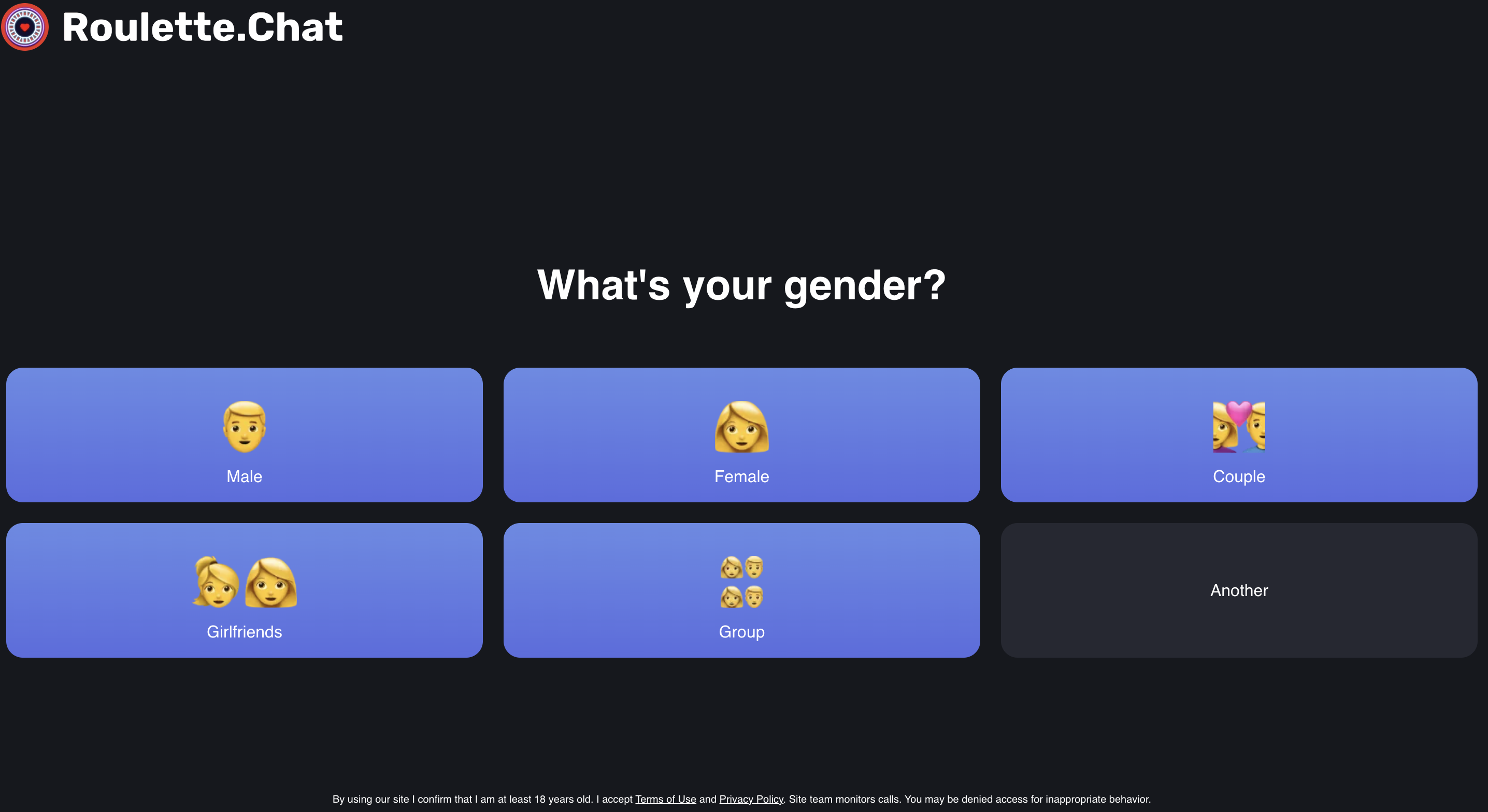In the digital era, online chat platforms have become increasingly popular as a means of communication and social interaction. Among the numerous options available, two prominent platforms are Chat Avenue and Chat to Strangers. These platforms offer users the opportunity to connect with strangers from around the world. In this article, we will conduct a comparative analysis of Chat Avenue and Chat to Strangers, exploring their features, user experience, safety measures, and overall value.
Feature Comparison:
To provide a comprehensive overview, let’s compare key features of Chat Avenue and Chat to Strangersin the table below:
| Features | Chat Avenue | Chat to Strangers |
| User Interface | Simple and Intuitive,easy to navigate | Modern and user-friendly interface |
| Video Chat | Yes | Yes |
| Anonymous Chat | Yes | Yes |
| Chat Rooms | Wide variety themed chat rooms | Fewer options but High-quality rooms |
| Mobile App | No | Yes |
| Safety Measures | Moderators and reporting system | Moderation and AI powers filtering |
| Premium Features | None | Premium membership for added benefits |
| Pricing | Free of charge | Freemium model with paid subscription |
| User base | Diverse Community,including all age groups | Relatively smaller but growing rapidly |
| Customer Support | Limited support options | Responsive customer support |
User Experience:
Chat Avenue offers a straightforward and user-friendly interface, making it easy for newcomers to navigate. The platform boasts a wide range of chat rooms with various themes, catering to different interests. This diversity allows users to connect with like-minded individuals. However, Chat Avenue lacks a dedicated mobile app, limiting the accessibility for users on the go.
On the other hand, Chat to Strangers presents a modern and visually appealing interface, providing an immersive user experience. The platform offers seamless video chat functionality, allowing users to engage in face-to-face conversations with strangers. Additionally, Chat to Strangers provides a dedicated mobile app, enabling users to chat conveniently from their smartphones or tablets.
Safety Measures:
Safety is a paramount concern when it comes to online chat platforms. Chat Avenue employs a moderation system with appointed moderators who ensure compliance with community guidelines. The platform also encourages users to report any inappropriate behavior. While these measures help maintain a safe environment, they are not foolproof.
Chat to Strangers, on the other hand, incorporates artificial intelligence (AI) technology to monitor and filter conversations, minimizing the chances of encountering inappropriate content. The platform’s proactive approach to safety adds an extra layer of protection for users.
Value and Pricing:
Chat Avenue is entirely free to use, making it an attractive option for budget-conscious users. However, the lack of premium features might limit the overall experience. Chat to Strangers, on the other hand, follows a freemium model. While the basic features are available for free, premium membership unlocks additional perks such as access to premium chat rooms and advanced filters.
User Base and Customer Support:
Chat Avenue boasts a diverse user base, attracting individuals from all age groups and backgrounds. However, customer support options are limited, which may pose challenges for users seeking assistance or reporting issues.
Chat to Strangers, though with a relatively smaller user base, is rapidly growing and aims to provide a quality experience for its users. The platform offers responsive customer support, ensuring that users’ concerns are addressed promptly.
Conclusion:
Both Chat Avenue and Chat to Strangers offer unique features and experiences in the realm of online chat platforms. Chat Avenue’s wide range of chat rooms and ease of use make it an appealing option for users seeking a simple and straightforward experience. On the other hand, Chat to Strangers’s modern interface, video chat capabilities, and safety measures make it an enticing choice for those seeking a more immersive and secure chatting environment. Ultimately, the choice between these platforms depends on individual preferences, priorities, and the desired user experience.





